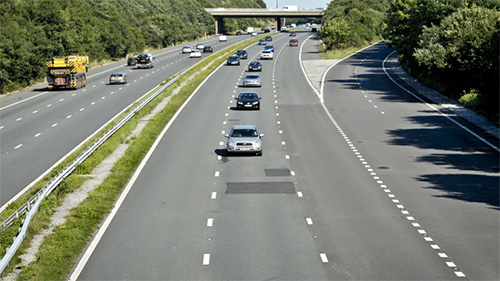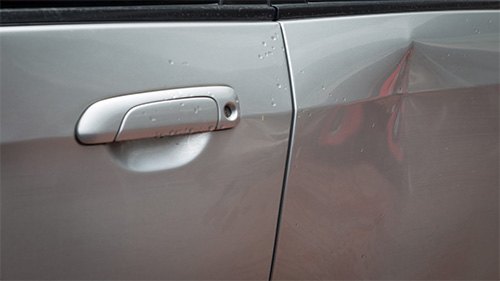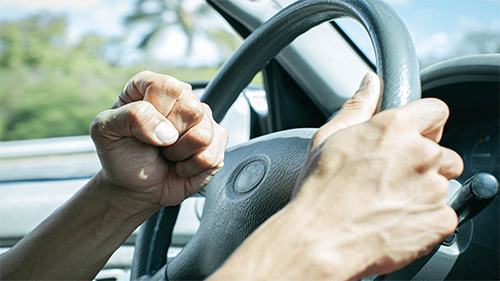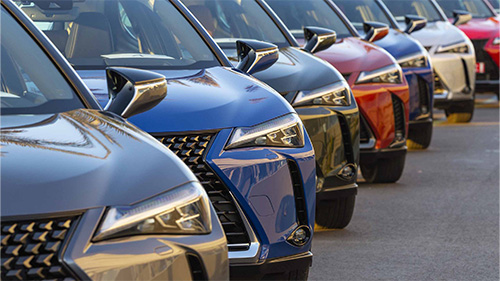Middle-Lane Hogging & Zip-Merging: Right Moves on UK Roads

Motorway etiquette in the UK hinges on two deceptively simple practices: keeping left unless overtaking—and merging at the right time. When followed, they can transform journeys; when ignored, they risk frustration and hazard for all.
“Middle-lane hogging” occurs when drivers linger in the centre lane without overtaking—a transgression of Highway Code Rule 264, which instructs: “drive in the left-hand lane when the road ahead is clear.” Whether through laziness, poor training, or obliviousness, this habit causes “rolling road-blocks,” forcing safer drivers into riskier overtaking moves—sometimes even on the hard shoulder.
It’s more than an annoyance. Middle-lane dwellers disrupt flow, spark congestion, and escalate the risk of undertakings—a move both unsafe and legally indefensible. A recent poll revealed nearly one in three admit to lane-hogging, and a third noticed it on their last trip, causing stress and impatience.
However, enforcement is difficult: astute drivers point to the absence of police and the more general definition of "careless driving." However, since 2013, middlelane hoggers have been subject to three penalty points and £100 in on-the-spot penalties.
Zip-Merging: A Lane Closure Lifesaver
Enter zip-merging—another unsung motorway hero. Also known as “merge-in-turn,” this technique involves using both lanes until the merge point, then taking turns like a zipper to keep traffic flowing.
The logic is clear: early merging clogs one lane while leaving the other empty, creating longer delays. Zip-merging, in contrast, halves queue length and distributes congestion more evenly. Still, many British drivers misunderstand or don’t practice it—conflicting with Highway Code Rule 134, which recommends merging in turn in slow-moving traffic—but only “if safe and appropriate.”
Both issues boil down to education—with many drivers having never learnt proper motorway etiquette. Zip-merging and lane discipline are often missing from driving tests and tuition. Middle-lane hogging persists not just from habit, but ignorance—and fear of weaving lanes too often.
A national campaign, “Little Changes, Change Everything,” launched by National Highways, highlights the importance of staying left and keeping a two-second buffer. Its message is clear: these small shifts not only smooth traffic but save lives.
If we all commit to simple, correct behaviour—lane one for cruising and timely merging—we can cut frustration, enhance safety, and make motorways better for everyone.







